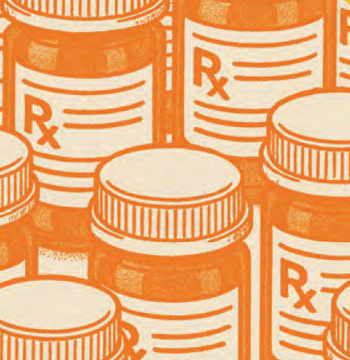
New Online Tool Helps Curb Sexual Risk-Taking Behavior
With a disproportionate percentage of new HIV infections occurring in young MSM, tech tools may be a way to counter this trend.
One of the difficulties in eradicating HIV is that risky sexual practices persist among certain populations, particularly
The tool features 6 separate modules, according to team leader Jose Bauermeister, PhD, MPH, presidential professor of nursing and director of the program on Sexuality, Technology, & Action Research at Penn Nursing. They include comprehensive sex
Jose Bauermeister, PhD, MPH
education geared toward MSM; messaging designed to normalize same-sex desires; exploration of whether online dating behavior matches true relationship desires; emotional and physical safety; communication issues around sex; and HIV, sexually transmitted infections (STI), and pre-exposure prophylaxis (PrEP) resources.
“Didactic information regarding sexual health and HIV/STI prevention and treatment, and interactive activities, allow users to explore what’s going on in their sexual and romantic lives and create strategies that strengthen their HIV/STI prevention skills,” Bauermeister told Contagion®.
To test how well myDEx works, Bauermeister’s team recruited 180 young gay and bisexual MSM to be part of the pilot study. The participants, who were between the ages of 18 and 24, lived all over the United States and were found via ads on Facebook as well as social networking web sites geared toward MSM. All said, participants had looked for sexual partners online, had recently engaged in unprotected anal sex, and were either HIV negative or unaware of their status. The participants were randomized to either use myDEx or be part of a control group that offered HIV-related information but was not interactive. All of them filled out surveys at the beginning of the study and again at the 30-, 60-, and 90-day marks.
Although participants in the myDEx and control arms had the same average number of sexual partners at the 90-day mark, participants in the myDEx arm did report some differences in behaviors and attitudes. “Compared to the control condition, we found that myDEx users were more likely to state that the tool had helped them make
The investigators found that participants using myDEx were 2.3 times less likely to have engaged in unprotected receptive anal sex than those in the control arm during the study. And although there were no reported differences in HIV testing rates between participants in the 2 study arms, those using myDEx offered survey responses that indicated they were more open to the possibility of beginning PrEP than subjects in the control group.
The young MSM recruited by Bauermeister and his colleagues are just the kind of people the medical community needs to reach in order to curb HIV transmission. According to the investigators, in 2015 more than 4 out of 5 new infections in people ages 13 to 24 occurred in gay, bisexual, and other MSM. Tools such as myDEx, which help minimize sexual risk-taking and raise awareness of condoms and PrEP, may prove to be valuable weapons in this fight.
Clinicians and patients hoping to have access to myDEx, however, will have to wait for its availability to the wider community. “We are currently exploring funding opportunities that would help us transition from a research trial into a public app for download by the public,” Bauermeister said.
The team did note a few limitations of its study, including the small sample size, the brief follow-up period, and the potential for bias in self-reporting. Future trials ideally would be larger and would track HIV testing, PrEP prescriptions, and PrEP adherence using electronic records and biomarkers.
Newsletter
Stay ahead of emerging infectious disease threats with expert insights and breaking research. Subscribe now to get updates delivered straight to your inbox.



























































































































































































































































































































